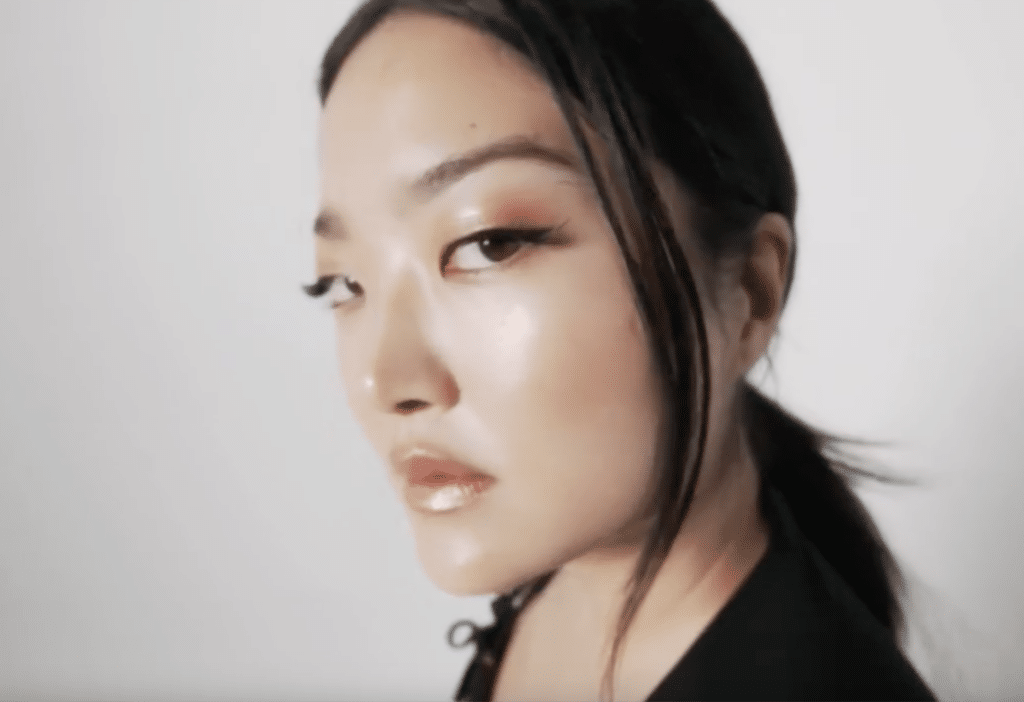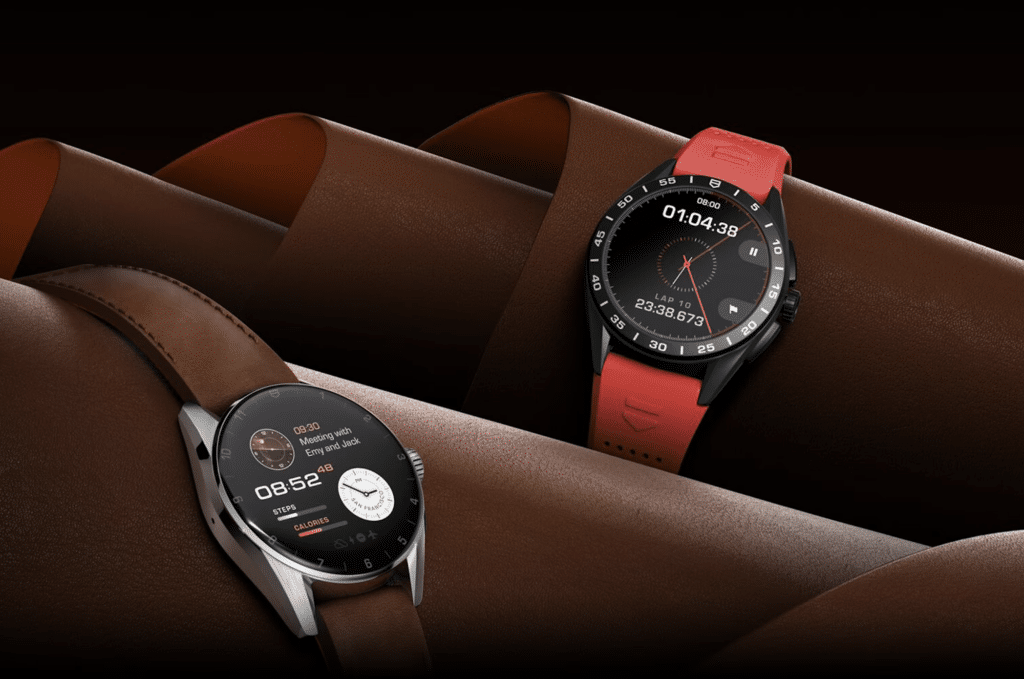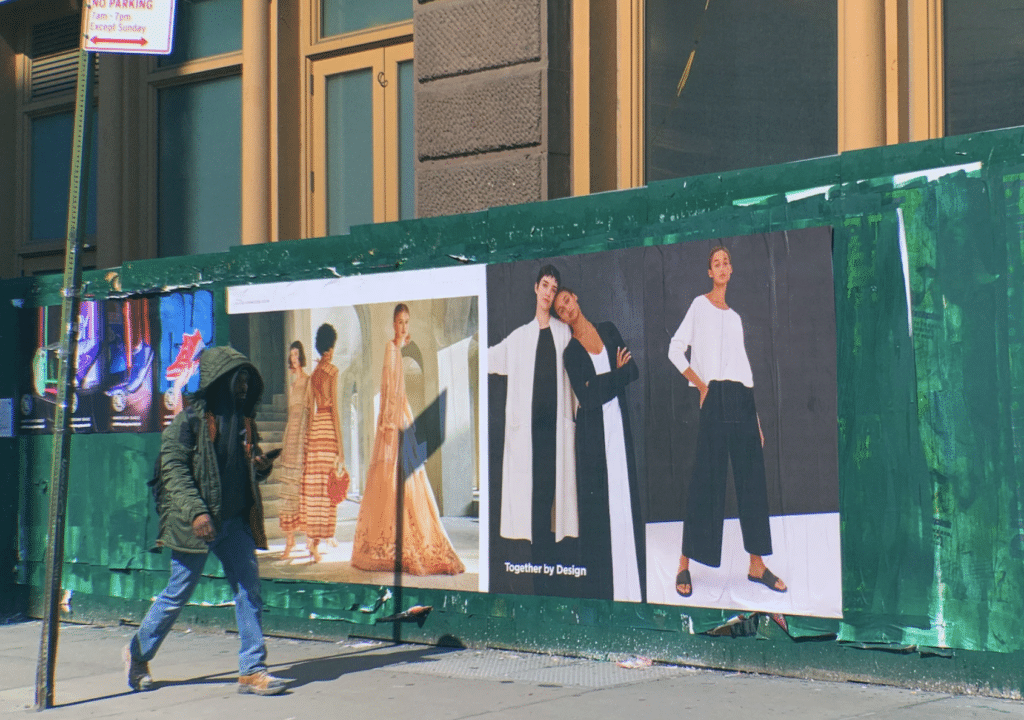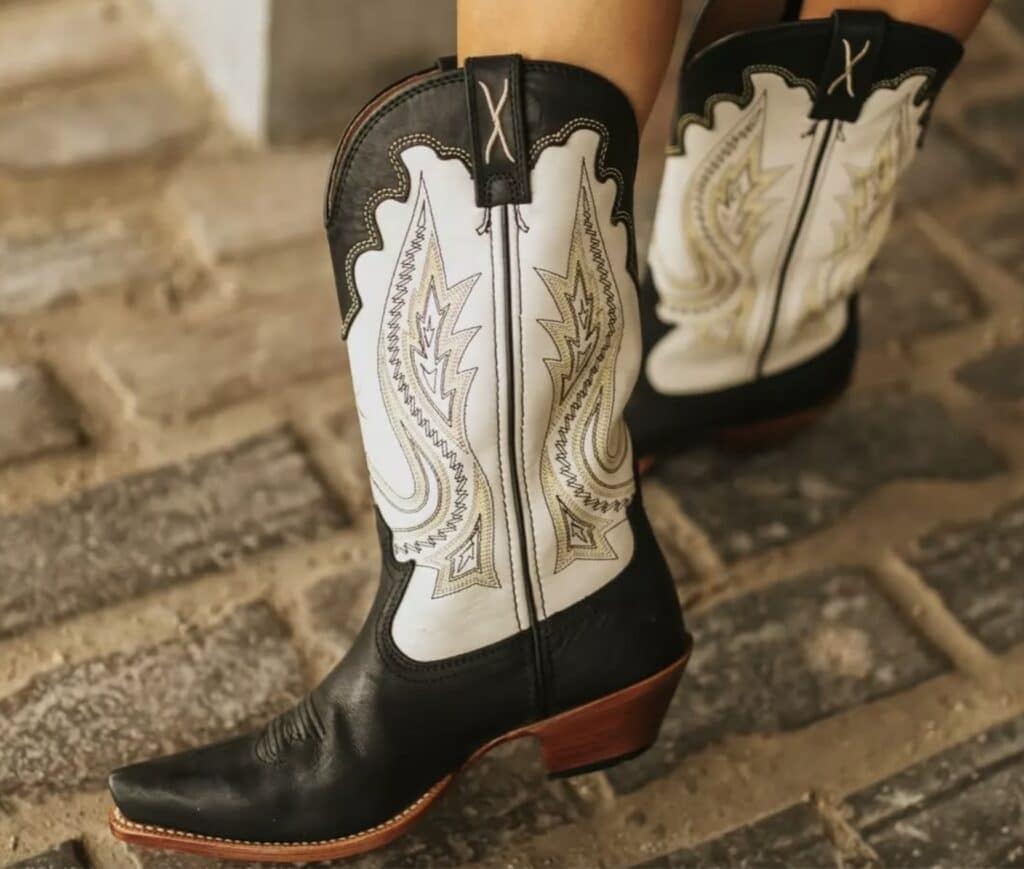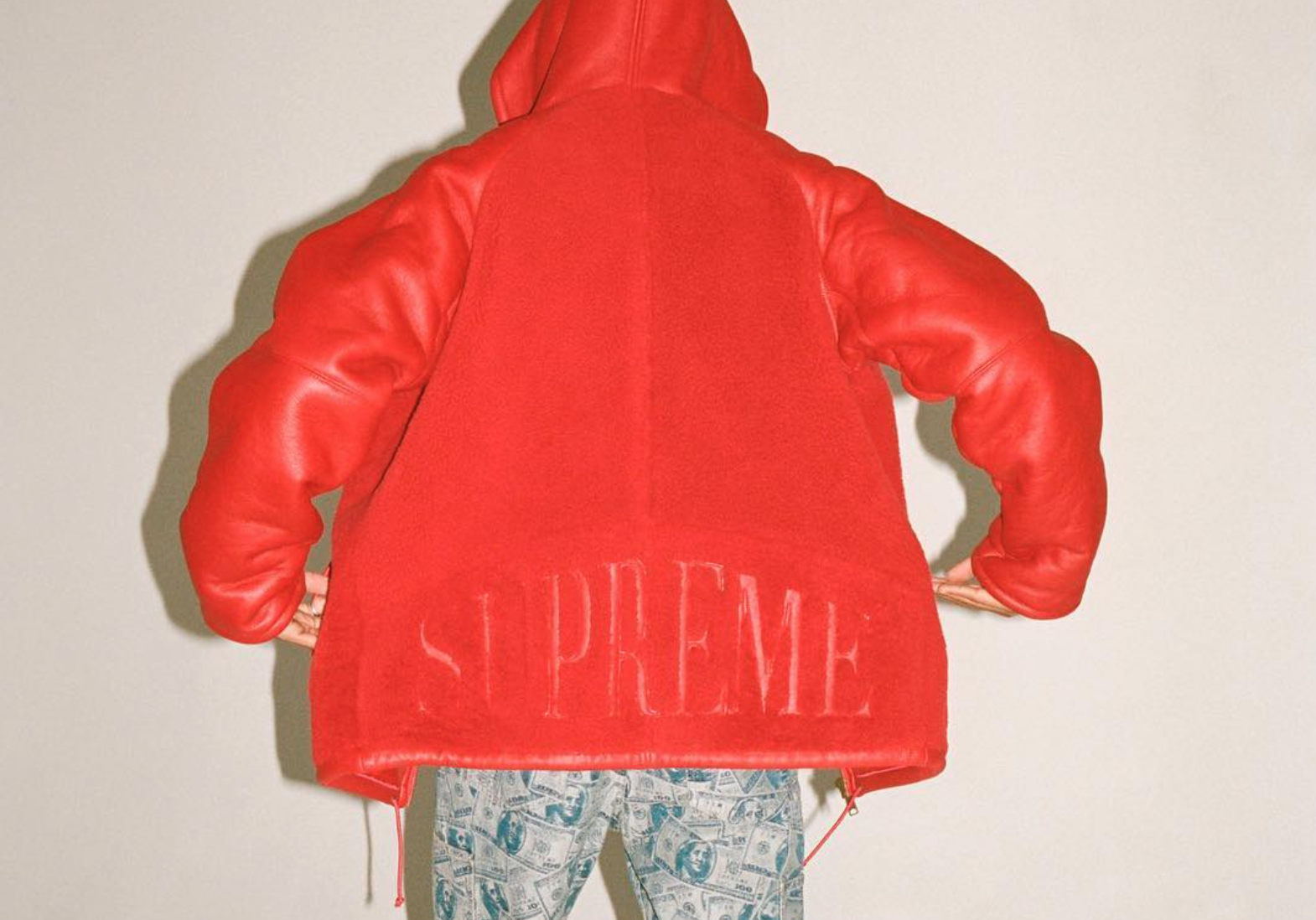 image: Supreme/Them Magazine
image: Supreme/Them Magazine
Supreme sent heavily branded puffer jackets, red and white logo-ed hoodies and other sportswear, as well as an array of soon-to-be sold-out accessories down the runway this week in an elaborate show to debut its “Winter 2018” collaboration with Chinese streetwear brand OXN. The collection – with its undeniable references to Supreme’s earlier collab with Louis Vuitton – is the result of what Guangzhou-based OXN is calling a “strategic partnership” with Supreme.
To coincide with the debut of the partnership, the president of Supreme – the New York-based brand founded in 1994 by James Jebbia – was in attendance at the event in China, according to news reports, to take part in a press summit, see the fashion show, and pose for photos alongside the owner of OXN.
For the average observer, the event was just the latest addition to Supreme’s long list of limited edition projects, which notoriously span continents (Supreme has partnered with Paris-based Louis Vuitton and German luggage brand Rimowa, for instance) and industries (a Supreme-branded hammer, anyone? How about a logo-ed electric razor in Supreme’s signature red?).
Yes, Supreme’s penchant for collaboration is well-established and its list of recent partners is lengthy, ranging from a Nike Air Streak Spectrum Plus sneaker, which is slated to drop this week, to wares from North Face, Levi’s, Hellraiser, and Fox Racing, just to name a few.
OXN, however, is noticeably absent from the list, because, in reality, Supreme had nothing to do with the Supreme x OXN runway show … or the so-called collaboration. Instead, the runway show that OXN – short for Old Mix New – staged this week was an intricate counterfeit collection.
Those “Supreme” branded wares that went down the runway were all fake. The individual who posed as Supreme’s “president” was not James Jebbia; it was a Nigerian actor hired by OXN, an added element utilized to make the collab appear completely legitimate for those in attendance, who are said to have included select Chinese consumers, individuals operating in apparel manufacturing, and even some native media.
While the making of the OXN x Supreme stunt is utterly outlandish from a Western perspective, it is not entirely unprecedented in China, which was responsible, as of 2016, for making and exporting 60 percent of the counterfeit goods in the world. It is where counterfeit-selling Yeezy and New Balance-branded outposts – i.e., entirely fake stores – populate streets in Wenzhou, and where companies are known to enlist the services of “foreigners, especially white Westerners, to represent them in public relations-type roles” in order to boost their “perception of success” in the eyes of consumers.
Still yet, this is the where more than 8,000 websites – including Google, YouTube, Facebook, Wikipedia, Netflix, and Instagram – are blocked in accordance with mainland China’s strict Internet censorship policy, and independent bloggers and established publishers, alike, must obtain a Publishing Service License before posting on their websites.
The counterfeit “collaboration” and runway show speak to the expansiveness of the demand for Supreme, and streetwear designs more generally, on a global scale. It also serves to clearly demonstrate the ever-increasing aggressiveness of modern-day counterfeiting efforts, particularly in the Far East.
Even more significantly, though, when considered against the background that is mainland China – the nation of 1.379 billion people, which is responsible for more than half of the world’s fakes, lives behind a government-imposed firewall, and is also directly contributing to 32 percent of the total consumption of luxury goods worldwide – this instance sheds light on the complexity of global intellectual property relations.
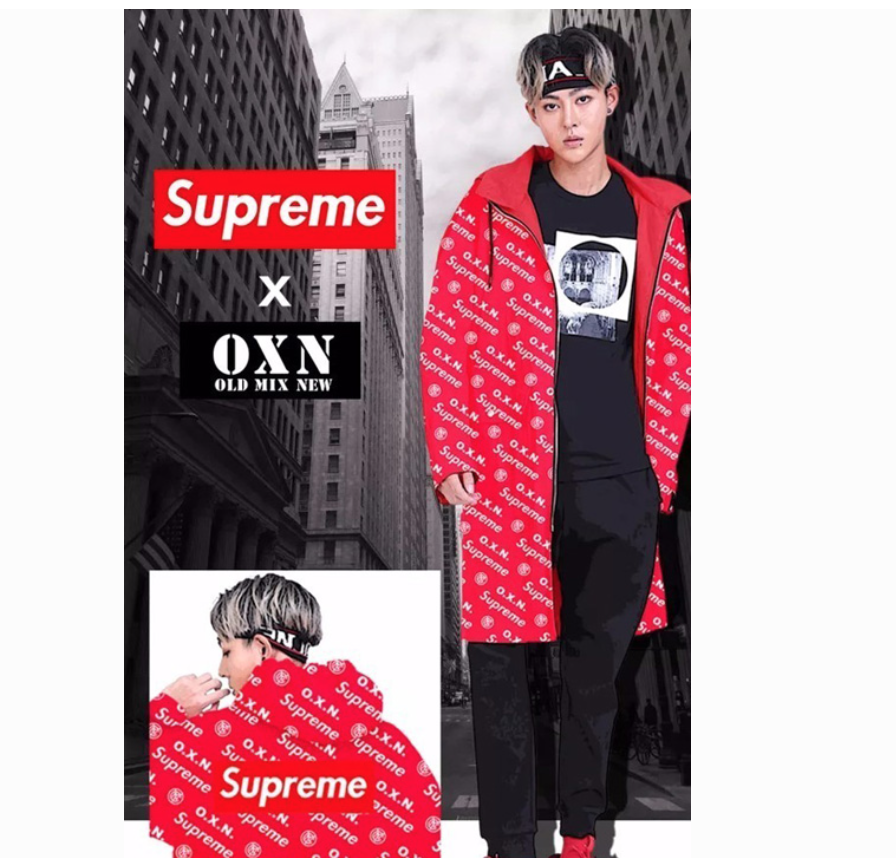 image: Supreme x OXN
image: Supreme x OXN
From a cultural perspective, the Supreme scam spotlights the vastly differing understanding of and approach to intellectual property rights than that observed in China, compared to the U.S. and similarly situated nations.
As distinct from the West, where intellectual property rights – the ones that serve to protect original works of art, brands’ names, and novel inventions – are well established, dating back to the 1700’s in some cases, the Chinese acknowledgement of intellectual property is nascent. After all, China did not enact its first trademark law until 1982.
After that, it was not until the 1990’s (or as some might argue, not until 2018 in light of pressure from other countries and even internal demands) that China started to improve the quality of its intellectual property protections and the standard of its enforcement for non-native rights holders – aka companies in the West.
As it currently stands, Chinese trademark law – the type of law that protects companies’ names, logos, and other branding-related elements – differs significantly from trademark law in most Western nations. Specifically, China awards trademark rights to the first party to file an application for a brand name or logo, whereas the system in the U.S. only awards rights to parties that actually use a name or logo.
The structure of the Chinese system has rather unsurprisingly – and rather notoriously – led to the development of a wildly lucrative industry. Chinese natives have been able to build business exclusively based on their ability to file trademark registrations – or register domain names – before Western companies. Upon obtaining trademark registrations and domain ownership, Chinese companies “holding them for ransom [of sums that have topped hundreds of thousands of dollars] or seek to establish a business building off of [Western] companies’ global reputations,” according to the Office of the U.S. Trade Representative.
And still yet, there are other brands that simply disregard the law entirely and make use of Western brands’ names – and the Chinese transliterations of their names – for their own benefit without fear of any sizable ramifications from the Chinese government.
The classification of the landscape of China, legally speaking, becomes particularly nuanced when you consider that the country is showing signs of significant innovation, while it is simultaneously embroiled in a bitter trade war with the Trump administration over the Chinese practice of forced technology transfers from Western companies and what the Office of the U.S. Trade Representative calls “significant weaknesses in China’s protection and enforcement of intellectual property rights.”
For example, Chinese residents filed more than one million domestically patent applications in 2016 – more national patent applications than any other country in a single year – for a total that was greater than the combined number of national patent applications filed in the U.S., Japan, Korea and the European Patent Offices, according to the WIPO.
Pair this rapid rise in Chinese reliance on domestic and international intellectual property protections with the increasing sophistication of millennial mainland residents, who – educated largely by Chinese social media app Weibo and Western websites, which many have learned to how to view by sidestepping the “Great Firewall” – are demonstrating significant demand for authentic Western products, including, of course, the streetwear that dominates Instagram and Western menswear sites.
As Quartz reported this week, “A major reason for the [recent] rebound [in Chinese luxury spending] is the rise of Chinese millennials, who have more spending power and are buying pricey goods more often and at younger ages than previous generations. Their tastes tend to be different than those of their forebears; like other young shoppers around the world, they’re buying more casual clothes and streetwear-inspired items.”
Such consumption is in line with a larger trend in spending: “Chinese consumers are earning much more money and are spending that money on a wider variety of higher-quality and pricier goods,” as global consulting firm what McKinsey reported last year.
It is well documented that the vast majority of the spending occurs outside of China largely due to favorable tax treatment in other countries. However, there is something else at play: Many Chinese consumers, particularly conscious of quality in light of the country’s counterfeit culture, are often driven to purchase outside of China, according to the Nikkei Asia Review, for this reason.
These consumers tend view the country’s counterfeit crisis in much the same way as Westerners do, as highly problematic; they are not immune to concerns about their ability to consume authentic luxury goods domestically, but they are also troubled – in China’s increasingly innovation-centric state – by the nation’s reputation for fakes potentially limiting the abilities of Chinese companies to establish their own brands.
The larger narrative about IP in China – which is often riddled with no shortage of mistruths and contractions – suggests that China is very much in flux in terms of its approach to its own intellectual property, as well as its willingness to make the protection of Western rights a priority. And one thing that is perfectly clear is that as a result of the lack of a consistent stance on enforcement, brands like Supreme – which enjoys legal rights in its name and logo in jurisdictions across the world, and maintains legal counsel specifically in China – routinely fall victim to the still truly widespread counterfeiting that regularly takes place within China’s borders and the enormous outpouring of counterfeits that are manufactured there and then shipped abroad.
The complex reality of intellectual property in China is, thus, the most pressing takeaway from the news of the faux Supreme x OXN collaboration.
Supreme did not respond to a request for comment. The Carlyle Group, which invested $500 million in Supreme last fall, declined to comment.











